Hi there, pet lovers! 🦎🔥
Reptile enthusiasts often adore bearded dragons for their docile nature and interactive personalities—but what if you want all the charm of a beardie in a smaller, more manageable package? Enter the Rankin’s Dragon (Pogona henrylawsoni), also known as the Pygmy Bearded Dragon or Lawson’s Dragon.
This lesser-known cousin of the Central Bearded Dragon offers many of the same benefits—friendly demeanor, hardy nature, and engaging behavior—but in a more compact size. But is it the right pet for you? In this detailed review, we’ll cover everything from temperament and care to costs and availability.
Overview
Rankin’s Dragons are small, hardy lizards native to Australia. They share many traits with their larger bearded dragon relatives but are more manageable in size and care requirements. Here’s a quick summary of what makes them unique:
- Handling and Temperament: Friendly and easy to handle, though slightly more active than standard beardies.
- Care and Maintenance: Requires UVB lighting and heat but in a smaller enclosure.
- Health and Durability: Generally hardy but sensitive to improper husbandry.
- Availability: Rare in the pet trade, often found through specialized breeders.
- Cost: Moderately priced, but setup costs are lower than for larger bearded dragons.
- Overall: A fantastic alternative for those who love bearded dragons but want a smaller, more space-efficient pet.
Why Choose a Rankin’s Dragon?
If you love bearded dragons but don’t have the space for a large enclosure or the budget for massive insect consumption, the Rankin’s Dragon is an excellent compromise.
Key Benefits:
✅ Smaller size (8-12 inches) means a smaller enclosure (20-40 gallons).
✅ Lower food costs—they eat far fewer insects than full-sized beardies.
✅ Same friendly, interactive personality as Central Bearded Dragons.
✅ Easier to handle due to their lightweight build.
However, they are not as widely available as standard bearded dragons, so finding one may require some effort.

Handling and Temperament
Rankin’s Dragons are known for their calm, curious nature, much like their larger relatives. However, they tend to be slightly more active and agile, making them fun to watch and interact with.
Personality Traits:
- Docile but energetic—they enjoy climbing and exploring.
- Tolerant of handling, though young dragons may be skittish at first.
- Less prone to stress than some small lizards (unlike anoles or house geckos).
Handling Tips:
✔ Start slow—let them get used to your presence before picking them up.
✔ Support their body—they’re lightweight but still appreciate stability.
✔ Avoid sudden movements—they can be jumpy when startled.
Unlike some lizards, they do not drop their tails, making them a safer choice for frequent handling.
Care and Maintenance
While Rankin’s Dragons are easier to care for than many reptiles, they still have specific needs.
Enclosure Setup
- Tank Size: A 20-gallon tank is suitable for one adult, but 30-40 gallons is ideal for extra space.
- Vertical Space: They love to climb, so include branches, rocks, and ledges.
- Substrate: Reptile carpet, tile, or a soil/sand mix (avoid loose substrates for juveniles).
- Hiding Spots: At least two hides (one warm, one cool).
Temperature & Lighting
- Basking Spot: 95-105°F (essential for digestion).
- Cool Side: 75-85°F.
- UVB Lighting: Required (a T5 10.0 or 12% UVB bulb is ideal).
Feeding
- Diet: Omnivorous—mix of insects (dubia roaches, crickets) and greens (collard, mustard, dandelion greens).
- Feeding Schedule:
Health and Durability
Rankin’s Dragons are generally hardy, but improper care can lead to health issues.
Common Health Concerns:
- Metabolic Bone Disease (MBD) – Caused by lack of UVB or calcium.
- Impaction – From ingesting loose substrate or large prey.
- Respiratory Infections – Due to incorrect humidity or temperatures.
Preventative Care:
✔ Proper UVB and heat setup.
✔ Dust insects with calcium + D3.
✔ Regular vet check-ups for parasite screening.
With good care, they can live 8-12 years.
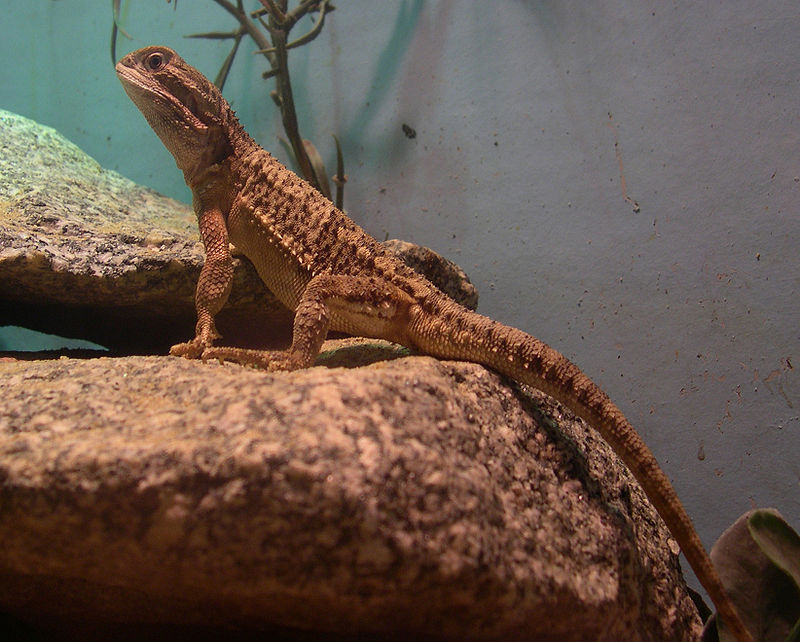
Availability and Cost
Where to Buy:
- Specialty Breeders (best option for healthy, well-bred dragons).
- Reptile Expos (sometimes available).
- Online Reptile Stores (check reviews first).
Cost Breakdown:
- Dragon Price: $100-$300 (rarer morphs cost more).
- Setup Cost: $200-$400 (tank, lighting, decor).
Pros and Cons
Pros
✔ Smaller & easier to house than Central Bearded Dragons.
✔ Lower food costs (eats fewer insects).
✔ Friendly and interactive personality.
✔ Hardy and long-lived with proper care.
Cons
❌ Not as widely available as other bearded dragons.
❌ Still requires UVB and heat regulation.
❌ More active than some expect (may not be as “lap pet” as larger beardies).
Final Thoughts
The Rankin’s Dragon is a fantastic alternative to the Central Bearded Dragon, offering similar charm in a smaller, more manageable package. While they are not as common in the pet trade, their friendly nature, lower maintenance needs, and compact size make them a great choice for reptile lovers who want a bearded dragon experience without the bulk.
If you’re considering one, check reputable breeders and ensure you’re ready for their care requirements. With the right setup, a Rankin’s Dragon can be a delightful, long-term companion.
Have you kept a Rankin’s Dragon? Share your experiences below! 🦎🔥

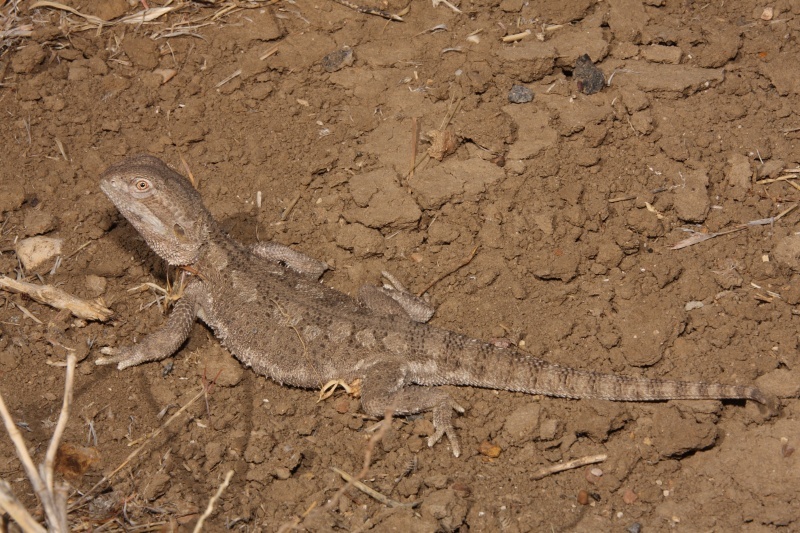

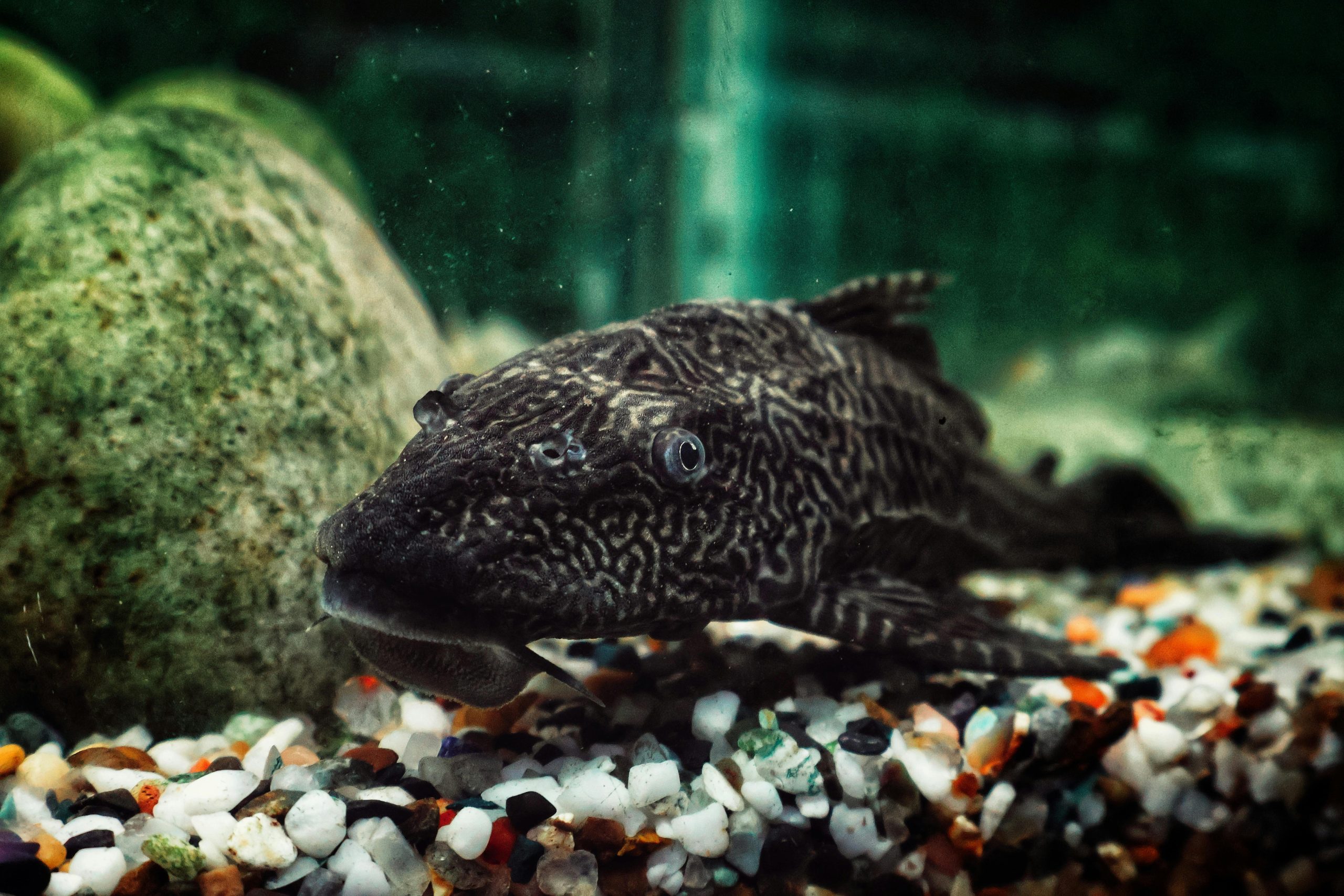
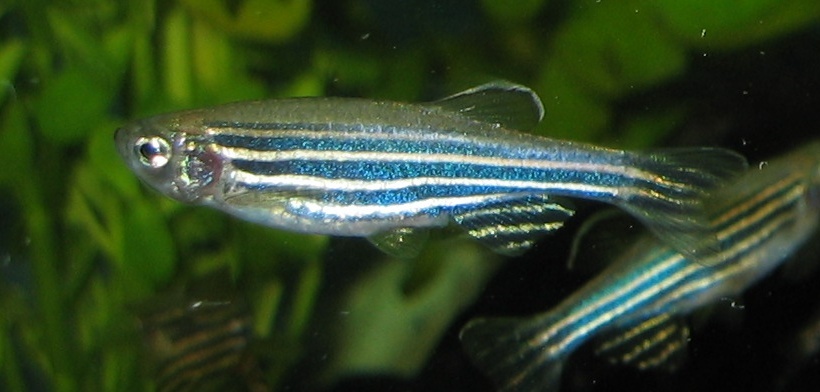
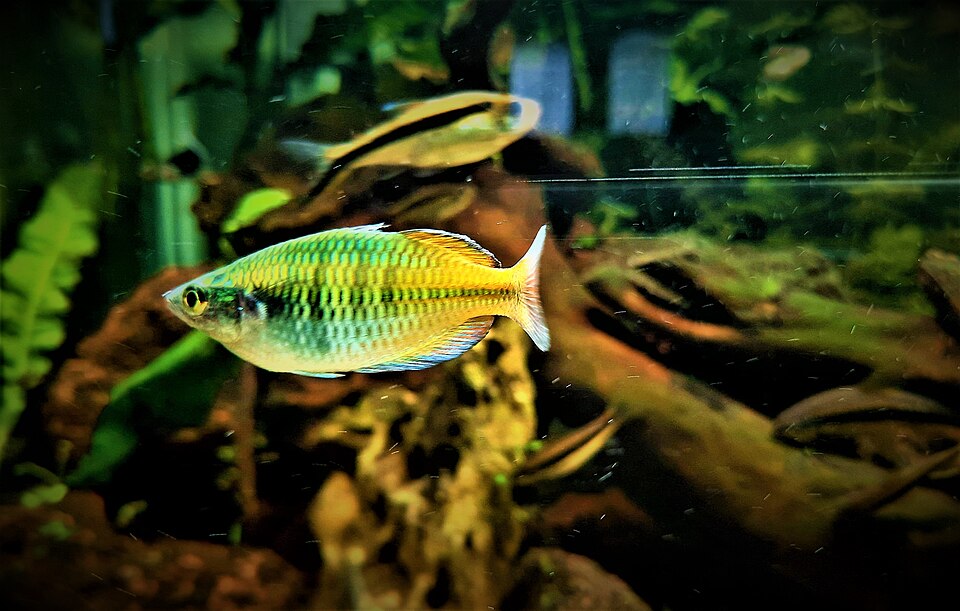
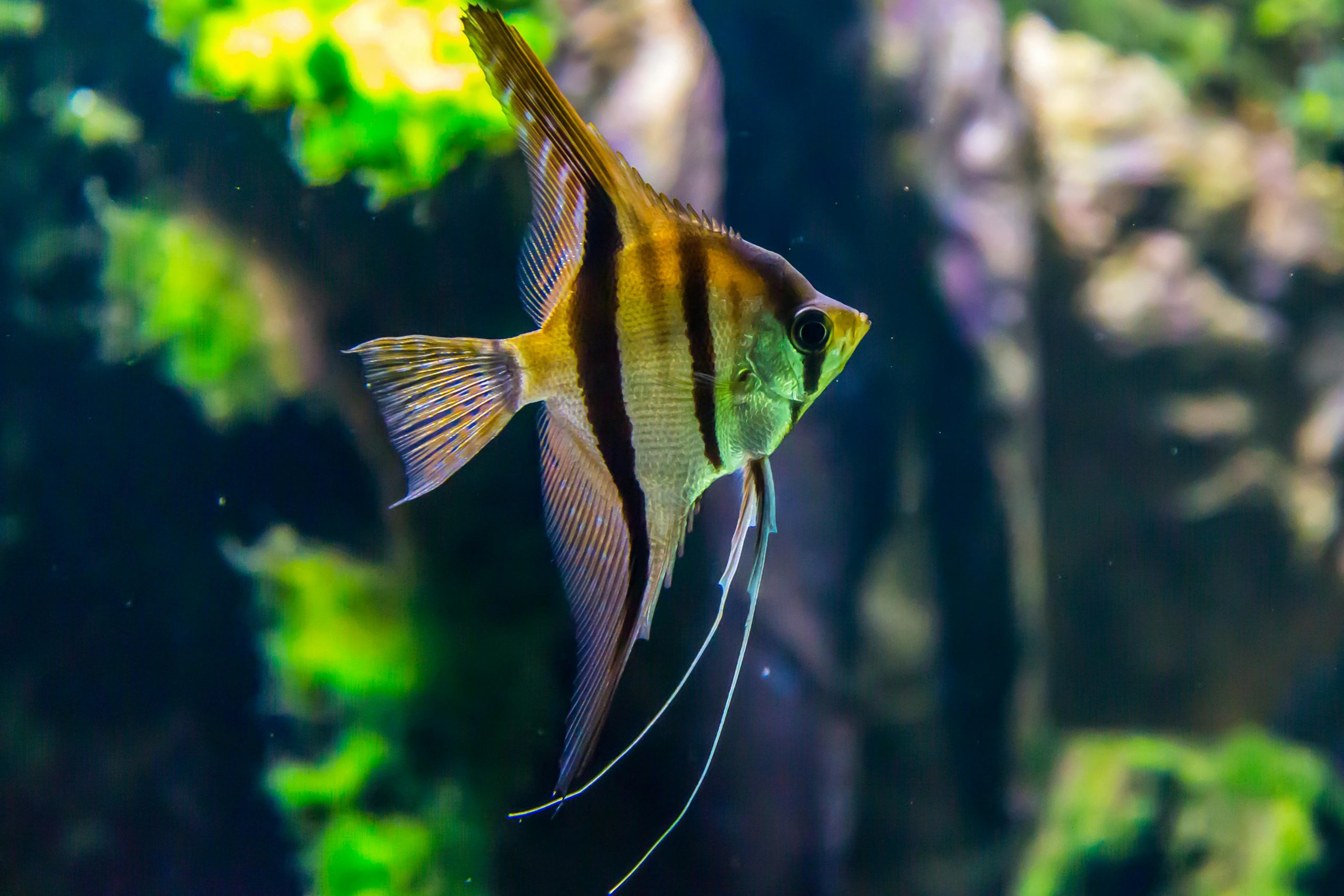
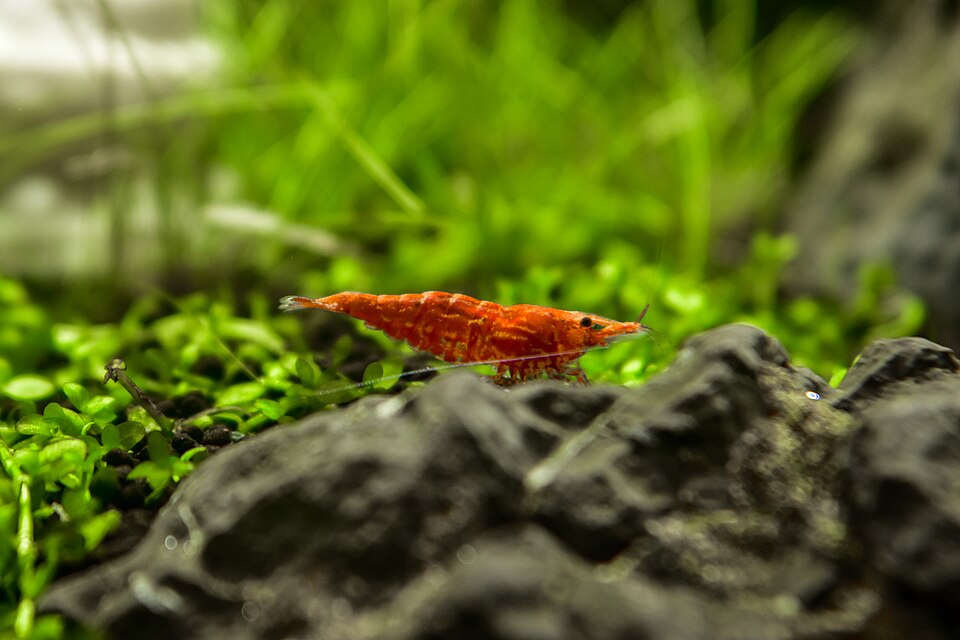
Leave a Reply